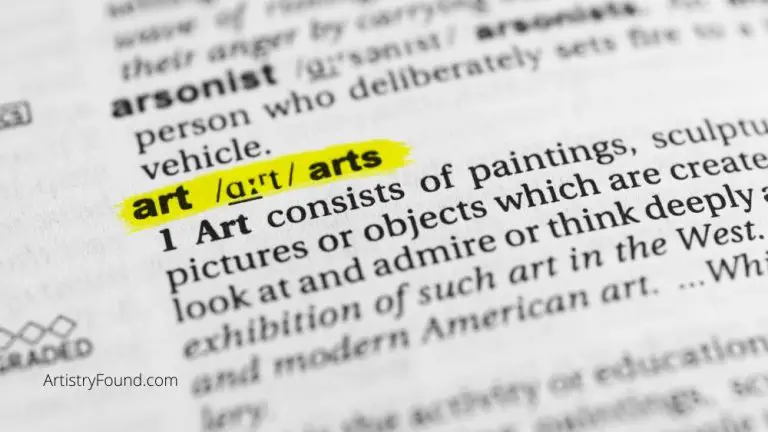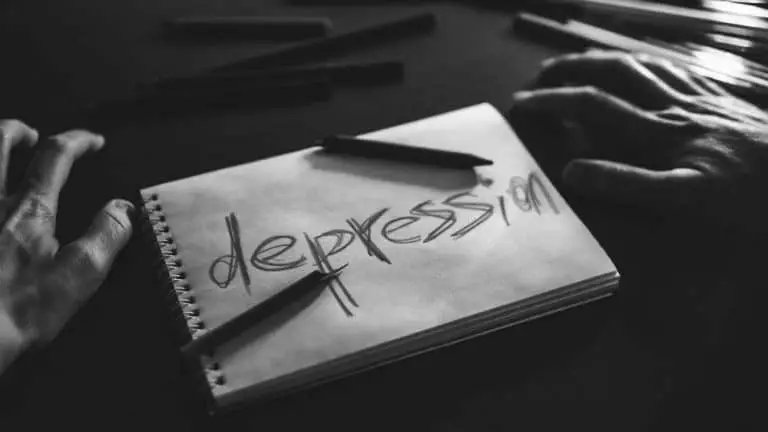How To Look At Art? 8 Ways To Appreciate And Understand Art
Art isn’t always an easy and straightforward thing to understand, which can affect how we view it – and ultimately – how we appreciate it. The good news is there are ways in which to fully explore and enjoy art for what it is.
This can include visiting a museum and taking in the art world at your own pace, or reading up about the piece of art in question. Ultimately, a huge part of art is it often calls on you to draw your own conclusion as to the meaning behind it.
This can mean visiting an art gallery or art museum and allowing your mind to wander and see where it goes.
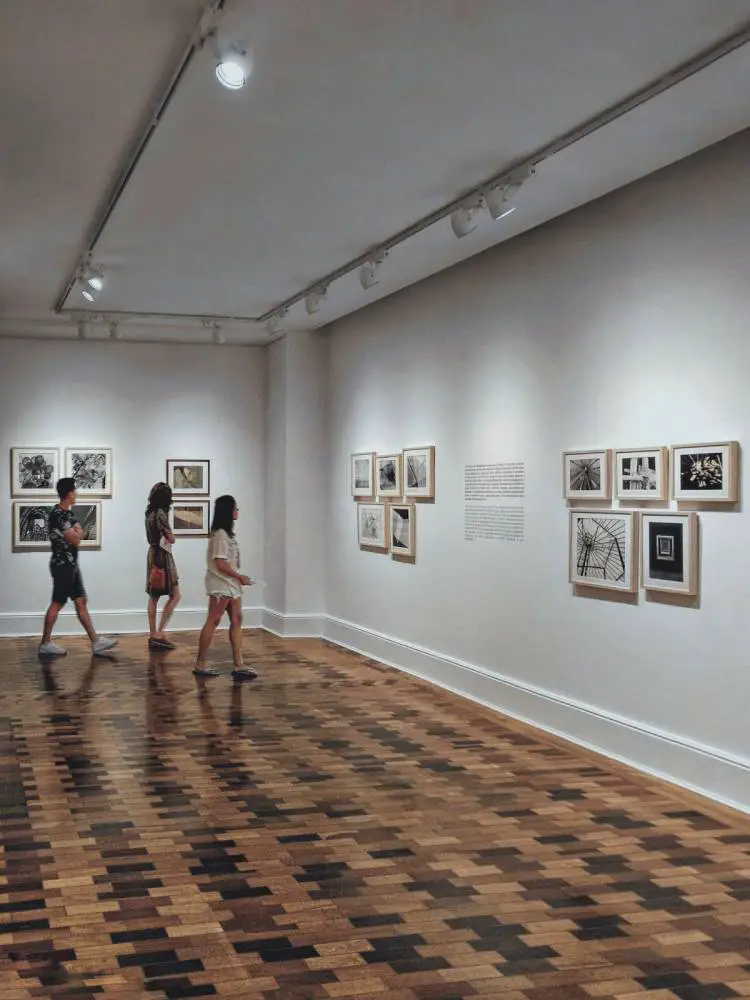
(This article may contain affiliate links and I may earn a commission if you make a purchase)
Photo: Pexels
Art can come in many forms: drawing, painting, film, photography, music, writing, dance, needlework, digital creativity, and much more – all of which tap into at least one sense to evoke an emotion or conclusion.
Sometimes an artist will have a specific reaction in mind for his or her piece; other times ambiguity is called on. Sometimes a work of art is simply meant to be enjoyed. So, with this in mind, you have almost complete freedom in how you choose to look at and appreciate art.
However – if delving into the art world is something you’d like to do more of, and are wondering how; there are multiple ways to understand, view, and appreciate art from a new angle.
Before we dive into the 8 ways to appreciate art, we should take a brief look at the history of the first humans to use art to express themselves.
Art History: When Did Humans Begin to Express Themselves Artistically?
It’s no secret that art, painting, sculpting, etc., is something we humans have been delving into since the dawn of time. In fact, humans were creating artwork on the walls of caves before human languages had even been established.
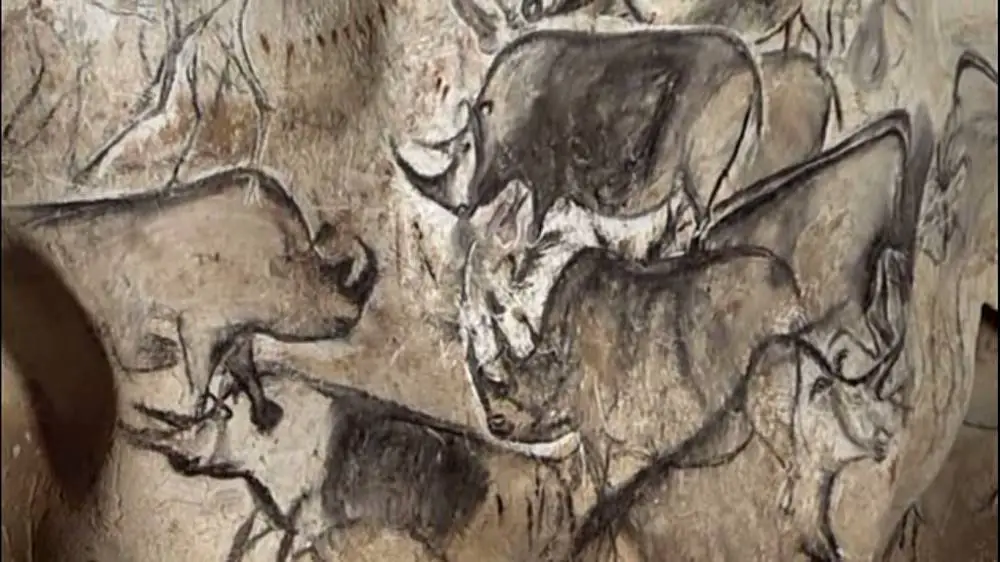
https://commons.wikimedia.org/wiki/File:Rhinos_Chauvet_Cave.jpg
The earliest signs of art created by man pre-dates the Stone Age. These were stone-carved animal figurines that were discovered in Namibia and are said to be so old, that art historians aren’t able to pinpoint an exact period as to when they were created.
Whatever our race, creed, or color – human beings love to create art. So much so, that there is no continent on the planet that doesn’t have a rich history when it comes to art. And to fully appreciate art, we need to have a basic understanding of its history.
Early African Art
Although now considered to be a somewhat controversial subject, the history of art in Africa is very prominent because of the use of ivory in art. Ivory has been used in African art culture since the late 10th century and was used typically for ceremonial items and jewelry.
But Africa’s approach to art goes far beyond just ivory. The rock paintings of early tribes in South Africa are considered to be up to 28,000 years old, which is actually rather “modern” in terms of African art. Shell beads used to construct a necklace were discovered in a cave in the furthest reach of the southern peninsula of South Africa and are said to be 75,000 years old.
Rock art is a very prominent part of Africa’s artistic heritage, and a famous piece known now as ‘Herdsmen‘ depicted farmers and cattle, which gave historians a rich insight into the older world of agriculture (as well as art). This piece is said to be circa 9000 years old.
The earliest recorded rock art preserved in the Sahara sands in Niger dates as far back as 6500 BC and are carvings of native animals like giraffes. These are called ‘petroglyphs’. Another rock piece simply known as “Round-Headed Figure” was discovered in Niger, which depicts a human-like entity (but could well be a God or other supreme being) and dates back to 3000 BC.
Unfortunately, due to time, weather erosion, natural disasters, and more, who knows what other artistic relics there may have been from thousands of years ago?
Early European Art
European art history is very rich in Upper Palaeolithic pieces that were discovered during the excavation of domestic dwellings, which were typically cave art pieces that often depicted animals that were food sources at the time (reindeer, fish, birds, etc).
A big driver behind art in ancient Europe is said to be the two drivers of human life: preservation of animals (as in ourselves) and preservation of species (as in sex and reproduction). This is why many ancient artistic discoveries often depict phallus and pregnancy-related imagery.
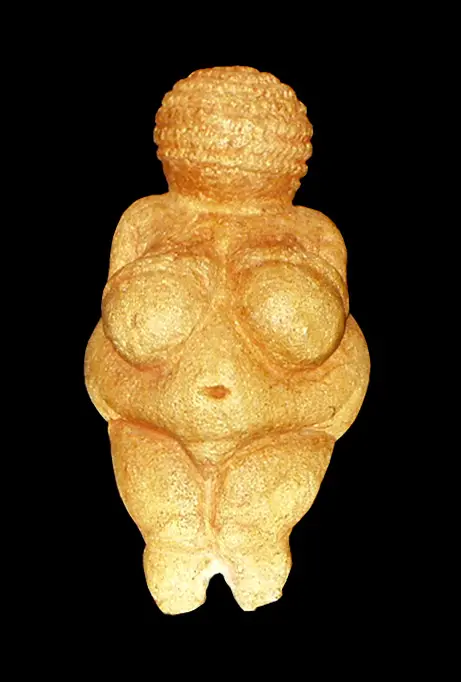
https://en.wikipedia.org/wiki/Venus_figurine#/media/File:Wien_NHM_Venus_von_Willendorf.jpg
What’s known as “Venus Figurines” were discovered in Upper Palaeolithic sites throughout Eurasia and date back to 27,000 years ago. They are roughly 10 cm long and appear to depict the pregnant and lactating woman, and may or may not have been constructed as “fertility dolls”, much like the ones used in African cultures.
Female sexuality in terms of fertility and birthing is a heavy theme in ancient European art, with “pubic triangles” being carved into limestone; one of which was discovered in La Ferrassie, Dordogne, and is said to be 32-34,000 years old.
8 Ways to Look at and Appreciate Art
So, now that we’ve looked very briefly into the generic history of art from around the world, hopefully, that has whetted your appetite enough to delve further into making art and visual literacy a part of your everyday life.
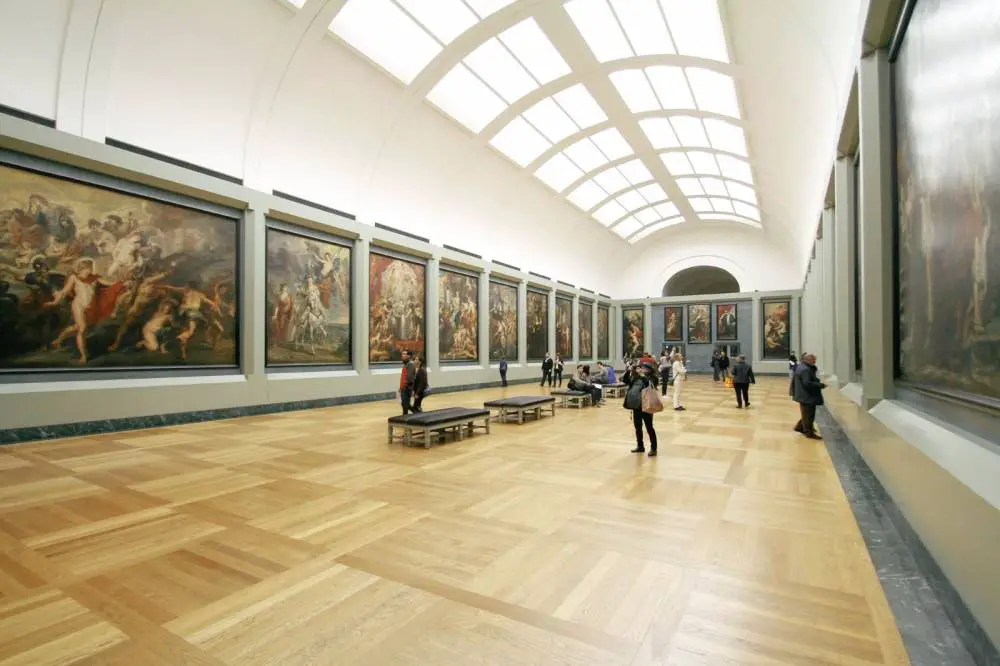
Photo: Pexels
1. Visit art museums
Wherever you are in the world, there is likely to be at least one art museum in the local city. Some of the most prominent include:
- Museum of Modern Art (New York, USA)
- Tate Modern (London, UK)
- National Gallery (London, UK)
- Louvre (Paris, France)
- Van Gogh Museum (Amsterdam, Netherlands)
- Uffizi Gallery (Florence, Italy)
- Russian Museum (St. Petersburg, Russia)
- Somerset House (London, England)
Many museums are free to enter (or at least have free days throughout the year), so why not plan your next day out to take in some culture at no added expense?
Related: Ever Wonder Why Museums Close So Early? (Solved!)
2. Take an art class
You can indulge in an online or physical art course that can fit around your work, or you can go full-blown art student and get a Ph.D.!
3. Create your own art projects
This can be painting, sculpture, single artwork of some kind, knitting a blanket, creating a piece of music, writing a poem, designing a tattoo, playing around with oil paint, sewing a patchwork quilt – the sky’s the limit here.

4. Commit to learning about art
If taking a course doesn’t appeal, why not commit to learning about one fact/piece of art per day to build your knowledge?
5. Analyse art
Whether visiting a gallery/museum or investing in a few art books, why not look at each piece and really study it; look at what emotions or images it provokes. Look at color and composition. Look at the date it was created. Put yourself in the shoes of the artist – what were they trying to say?
6. Interview an artist
Whether we ourselves are artistically gifted or not, it’s very likely that we all know someone who is. Why not interview them and really get into their mindset? It’s likely the answers will surprise you (and maybe even them!)
7. Write about art
Create an art diary that focuses on your favorite pieces/artists/materials – and why not fill it up with a few sketches of your own? This can be an easy and fun way of exploring art at your own pace and finding out what about it appeals to you and why.
8. Watch films about art
There are multiple films that portray art/artists and the impact art has on the world. These art-related films include:
- Portrait of a Lady on Fire (Céline Sciamma, 2019)
- Mona Lisa Smile (Mike Newell, 2003)
- Goya’s Ghosts (Miloš Forman, 2006)
- Frida (Julie Taymor, 2002)
- The Danish Girl (Tom Hooper, 2016)
- Girl With a Pearl Earring (Peter Webber, 2004)
- and Pollock (Ed Harris, 2000) – to name but a few.
Art, Artists & Painting FAQs
How Can I Become An Artist?
If you’d like to do more than just look at art, then roll up your sleeves and become an artist yourself. Here’s how:
- Say this now: I am an artist.
- Join a local art club.
- Treat yourself to some supplies and find what you enjoy the most.
- Explore the art area at your local library.
- Visit art galleries.
- Spend time with other artsy folks.
- Take a class or two in physical or historical art – or both!
- Work on your craft every day.
- Look into other art forms (writing, dance, photography, etc).
- Enjoy yourself.
Related: How To Become an Artist Without Going to Art School (Top Tips)
Why Do We Create Art?
Art is predominantly a form of self-expression. No one really knows why some of us are compelled to create art and some of us aren’t. There is money to be made from creating art (if you’re talented, diligent, and stop at nothing to succeed), but it absolutely is not the industry to go into if financial gain is your only motivation.
What Are the Most Famous Paintings in the World?
The most famous paintings in the world include:
- Mona Lisa (Leonardo Da Vinci, circa 1503 to 1519, Louvre Museum, Paris)
- The Scream (Edvard Munch, 1893, National Museum, Oslo)
- Guernica (Pablo Picasso, 1937, Museo Reina Sofía, Madrid)
- The Last Supper (Leonardo Da Vinci, circa 1495 to 1498, Santa Maria delle Grazie, Milan)
- The Kiss (Gustav Klimt, 1907-1908, Upper Belvedere museum, Vienna)
- Girl With a Pearl Earring (Johannes Vermeer, 1665, Mauritshuis, The Hague)
- The Starry Night (Vincent Van Gogh, 1889, Museum of Modern Art, New York)
- The Birth of Venus (Sandro Botticelli, 1485, Le Gallerie Degli Uffizi, Florence)
- La Meninas (Diego Velázquez, 1656), Museo del Prado, Madrid)
- The Creation of Adam (Michelangelo, 1508-1512, Sistine Chapel, Vatican City).
What Was Used As Paint for Rock and Cave Art?
Often cave art was created with a sharp object, likely to be flint or even bone. As for the paintings, typically what was used was either red or black pigment. The reds were made with iron oxides (AKA, hematite), or blood, whereas manganese dioxide and charcoal were used for the black “ink”.
What is Considered Art?
The main forms of art are as follows:
This means if you’re thinking of igniting your creative passion, you have ample opportunities to see where your flair lies!
More modern and perhaps somewhat less “traditional” forms of art include:
- Photography
- Writing (prose, poetry, haikus, etc)
- Dance
- Graffiti
- Tattooing
- Digital Art
- Acting
- Tapestry
- Enamelwork
- Pottery
- Glasswork
- Perfuming
What is The Definition of “Art”?
According to Oxford languages, the word “art” (noun) means “the expression or application of human creative skill and imagination, typically in a visual form such as painting or sculpture, producing works to be appreciated primarily for their beauty or emotional power.”
What Are the Most Distinctive Art Periods?
The most famous artistic movements include:
- ‘Abstract Expressionism’ – (Popularised in the early to mid 20th century and depicts brushstrokes seemingly at random, typically on canvas. See Jackson Pollock).
- ‘Art Deco’ – (Formulated circa 1925, considered decorative art that blends modern techniques with the more traditional. See Clarice Cliff)
- ‘Art Nouveau’ – (decorative, colorful, often featuring birds, and flowers. Peak period was 1890 – 1910. See Gustav Klimt)
- ‘Avant-garde’ – (innovative and experimental art, often inspired by politics or social actions. See Marcel Duchamp).
- ‘Baroque’ – (17th-18th century peak time. Depicts surreal movement, drama, tension, and grandeur elements. See Rembrandt van Rijn).
- ‘Bauhaus’ – (German First World War era, focussed on materials as opposed to traditional ink, paint, charcoal methods, etc. See Walter Gropius).
- ‘Classicism’ – (Ancient Rome and Greece, features styles, theories, or philosophies, mainly inspired by leaders, war figures, gods and goddesses. See Nicolas Poussin).
- ‘Constructivism’ – (Developed circa 1915 in the Russian avant-garde era. Modern art’s purpose is to create a message (often social or political). See Naum Gabo.
- ‘Cubism’ – (Began circa 1907, typically nudes, landscapes, and still life. Abstract idea from a different perspective. See Pablo Picasso.)
- ‘Dada’ – (Both artistic and literary. Began circa WW2 as an anti-establishment manifesto, with the purpose of shocking people into social or political awareness. See Salvador Dalí).
- ‘Expressionism’ – (1905 – 1920 art movement that focussed on painting, literature, and architecture. The purpose was to inspire an emotional experience via bold, jarring imagery that often contained “violent” and tense details. See Edvard Munch).
How To Look At Art – Conclusion
Know you know a bit more about how to look at art. Understanding the history of human expression through art and some of the most famous artworks plus the established art periods, you can apply the eight ways to look at art in order to increase your overall appreciation of the art you encounter in the world.



